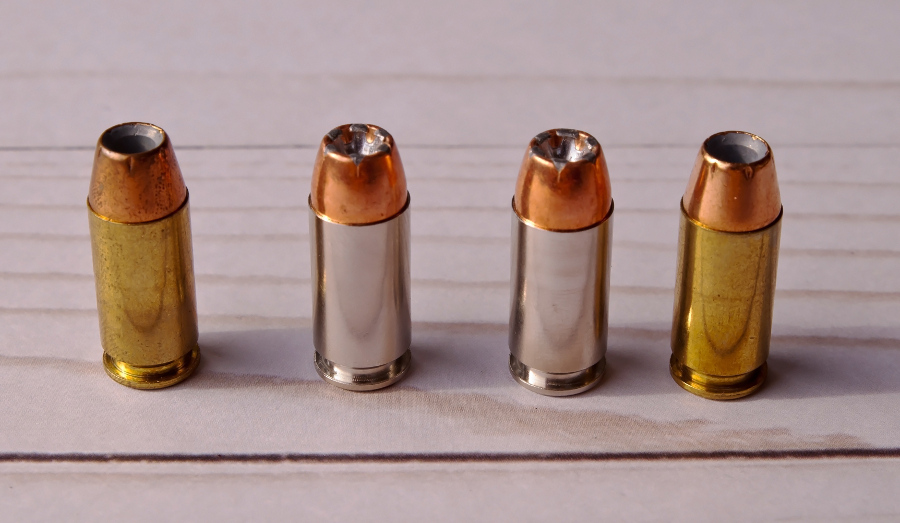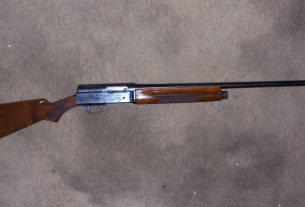Probably no event had a greater impact on the development of handguns in the 20th century than the 1986 Miami FBI shootout. That shootout highlighted the inadequacy in police use both of revolvers as well as 9mm pistols. That resulted in the FBI selecting the 10mm Auto cartridge for duty use. But due to heavy recoil from the 10mm cartridge, the FBI decided it needed something smaller and less powerful. In its attempts to produce a less powerful 10mm cartridge, the FBI realized that it could just shorten the case length to achieve the same ballistic performance. Thus was born the .40 Smith & Wesson cartridge.
Bridging the power gap between 9mm Luger and 10mm Auto, the .40 S&W was nothing more than a slightly shortened 10mm cartridge. That shortened case length allowed the .40 S&W to be chambered in existing 9mm handguns, which were easier for women and small-handed individuals to shoot. Because of the wider cartridge case, chambering in .40 S&W versus 9mm generally resulted in a reduction of magazine capacity of two rounds. Thus a compact .40 S&W pistol would generally hold 13 rounds versus 15 rounds for a compact 9mm pistol.
The .40 S&W normally features a 180-grain bullet traveling at 1,000 feet per second or a 165-grain bullet traveling at 1,100 feet per second. Those are significantly slower velocities than the 10mm Auto, but they offer 400-450 foot-pounds of muzzle energy, significantly more than standard 9mm Luger and roughly equivalent to .45 ACP.
The new cartridge quickly achieved popularity among police forces and recreational shooters. In recent years it is still estimated to be the 6th-most popular cartridge in the country. But that popularity has begun to fade in recent years as improvements in bullet technology have put the 9mm Luger just about neck and neck with .40 S&W in terms of terminal performance. With greater magazine capacity and less recoil, more and more shooters are turning their backs on .40 S&W and returning to 9mm.
That doesn’t mean that .40 S&W is dead, however. It’s still an incredibly potent handgun cartridge, and one that can fill a useful role in anyone’s armory. And because it’s still used by many shooters and police agencies, ammunition will likely still be plentiful in the event of a societal breakdown.
This article was originally posted on Red Tea News.





